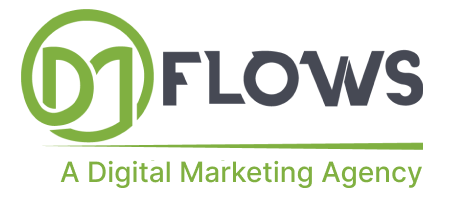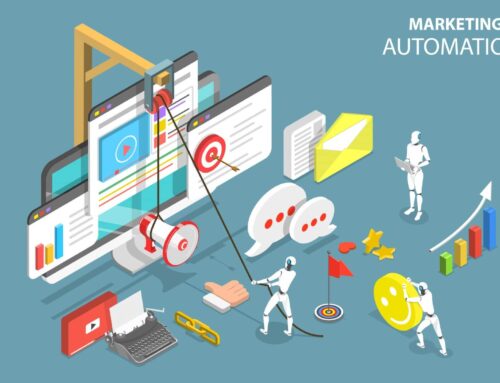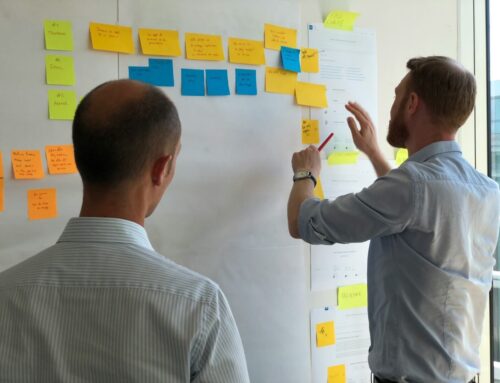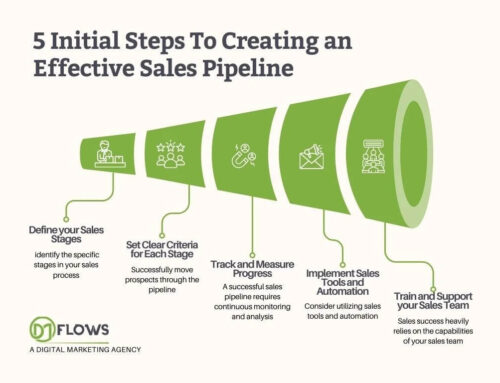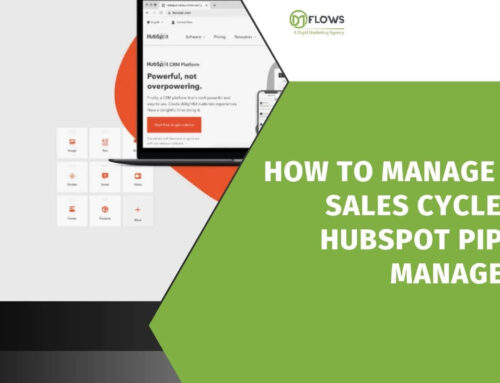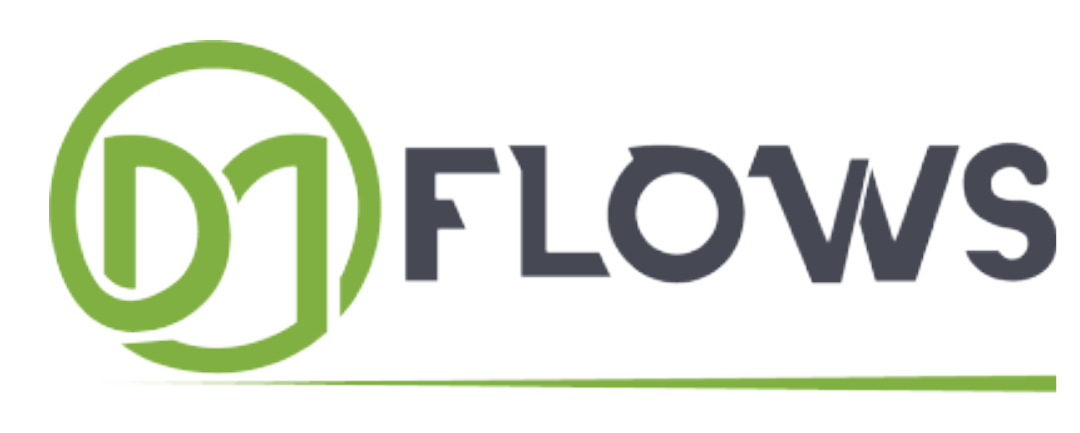In the ever-competitive world of B2B marketing, generating qualified leads is paramount to success. But unlike traditional marketing funnels that focus on pushing products, B2B demand generation is all about nurturing long-term relationships and educating potential buyers throughout the customer journey.
What is B2B Demand Generation?
B2B demand generation refers to the strategic marketing activities designed to cultivate interest in a company’s products or services. It’s about creating a steady stream of qualified leads who are aware of your brand’s offerings and are actively considering a purchase.
Why is B2B Demand Generation Different?
B2B buying decisions are complex and involve multiple stakeholders. Unlike B2C marketing, where a single impulse buy can be made, B2B purchases often require thorough research, budget approvals, and alignment with business goals. This is why B2B demand generation prioritizes nurturing leads and providing them with valuable content that addresses their specific pain points.
The Stages of the B2B Demand Generation Funnel
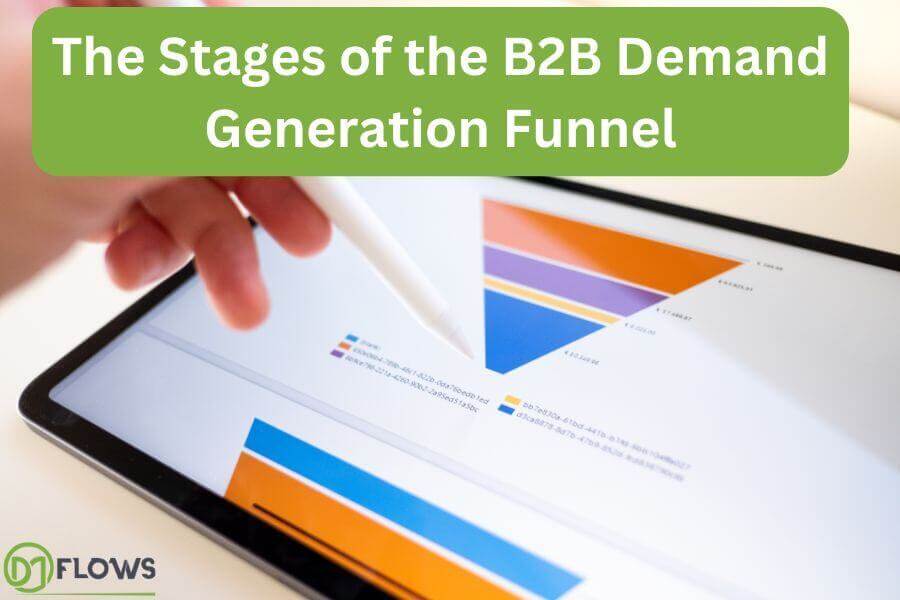
The B2B demand generation funnel can be broken down into three distinct stages:
Awareness
At the top of the funnel, your primary objective is to raise brand awareness and introduce your company as a thought leader in the industry. This can be achieved through content marketing, social media engagement, search engine optimization (SEO), and industry events.
Consideration
Once potential buyers are aware of your brand, you need to move them further down the funnel by piquing their interest in your solutions. This stage involves providing targeted content that addresses their specific challenges and showcases how your products or services can add value to their business. Case studies, white papers, webinars, and product demos are excellent tools for nurturing leads at this stage.
Decision
In the final stage, leads are actively evaluating different vendors and comparing solutions. Here, you need to provide compelling content that highlights the unique benefits of your offerings and positions your company as the best choice. Free trials, consultations with sales representatives, and customer testimonials can be highly effective at this stage.
How does the B2B demand generation funnel fit into a traditional marketing funnel?

The traditional marketing funnel visualizes the journey of a customer from complete unawareness to purchase. It’s like a wide cone at the top, representing a large pool of potential customers, and narrows down as they become more qualified leads.
The B2B demand generation funnel operates within this larger framework, but with a key shift in focus. Instead of aggressively pushing leads down the funnel towards a sale, B2B demand generation concentrates on building awareness and nurturing interest at the top.
Imagine the B2B funnel sitting inside the traditional marketing funnel. It widens the awareness stage by providing valuable content and resources that educate potential customers about their challenges and how your product or service can address them. This builds trust and positions you as a thought leader in your industry.
As prospects in the B2B funnel engage with your content and show signs of interest, they naturally progress down the traditional marketing funnel. They’re now considered qualified leads, ready for more targeted nurturing and sales outreach.
By educating and nurturing leads at the top of the funnel, B2B demand generation ensures higher quality leads reach the sales team. These leads are more informed about your offering and have a greater sense of urgency to buy, resulting in a smoother sales process and higher conversion rates.
Metrics to Measure B2B Demand Generation Success
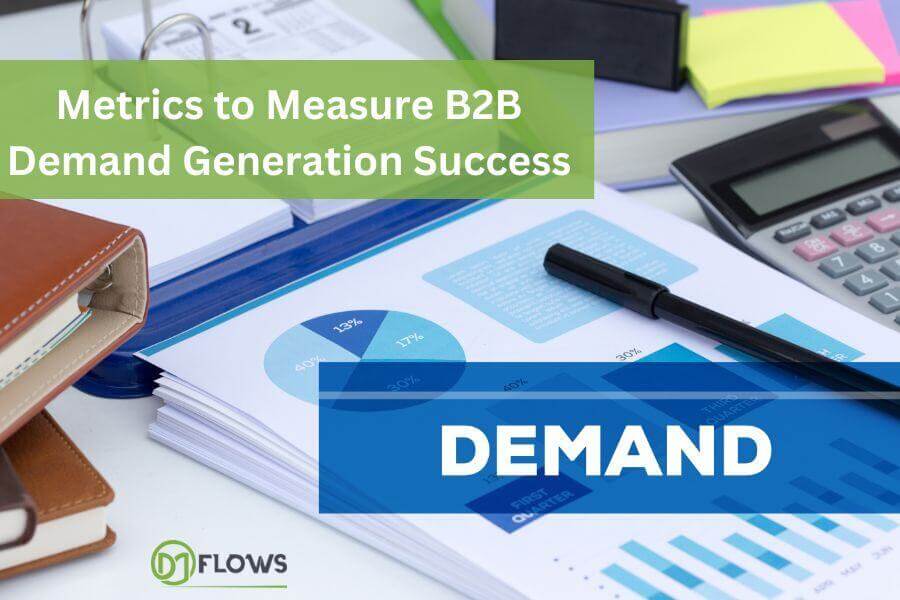
While brand awareness is essential, B2B demand generation success is ultimately measured by its impact on your sales pipeline. Here are some key metrics to track:
- Lead volume: The number of leads generated through your demand generation efforts.
- Lead quality: How well the generated leads match your ideal customer profile (ICP).
- Marketing qualified leads (MQLs): Leads who have shown demonstrable interest in your offerings and are ready to be contacted by the sales team.
- Sales qualified leads (SQLs): MQLs who have been vetted by the marketing team and deemed sales-ready.
- Customer acquisition cost (CAC): The total cost associated with acquiring a new customer.
- Close rates: The percentage of leads that convert into paying customers.
By implementing a well-defined B2B demand generation strategy and tracking the right metrics, you can nurture high-quality leads, shorten your sales cycle, and achieve sustainable business growth.
Here are some additional tips to optimize your B2B demand generation funnel
- Personalize your content: Tailor your content to the specific needs and interests of your buyer personas.
- Leverage automation: Utilize marketing automation tools to streamline lead nurturing and communication.
- Track and analyze your results: Regularly monitor your demand generation metrics to identify areas for improvement.
- Align sales and marketing: Ensure that your sales and marketing teams are working together seamlessly to convert leads into customers.
By following these steps, you can create a B2B demand generation funnel that drives qualified leads, fuels your sales pipeline, and ultimately propels your business towards success.
